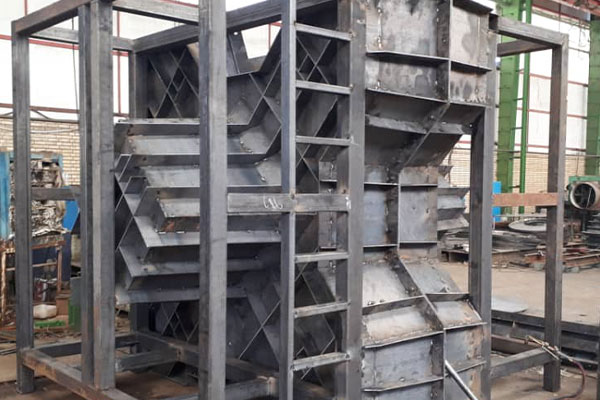4- In case of breakwater with a steep slope (Prevent the base of the structure from being emptied Reduce the volume of the breakwater More use of the port area Reduce the cost of building a breakwater)
Prevent the base of the structure from being emptied Reduce the volume of the breakwater More use of the port area Reduce the cost of building a breakwater
5- The impact of huge waves on sloping breakwaters causes effects on the ground beneath the foundation and their foundation structure.
6- To protect the foundations, a protective layer of materials should be poured
7- To prevent the sloping slope, cover parts called Amur are used
8- The failure of the top of gable breakwaters is more than the failure of their body
9- The best method is to divide the gable breakwaters into three areas, each of which is made with its own blocks.
10- Roof breakwaters are usually made in S shape
11- During operation of gable breakwaters, the water that fills the base of the structure applies hydrostatic forces to the reinforcement parts.
